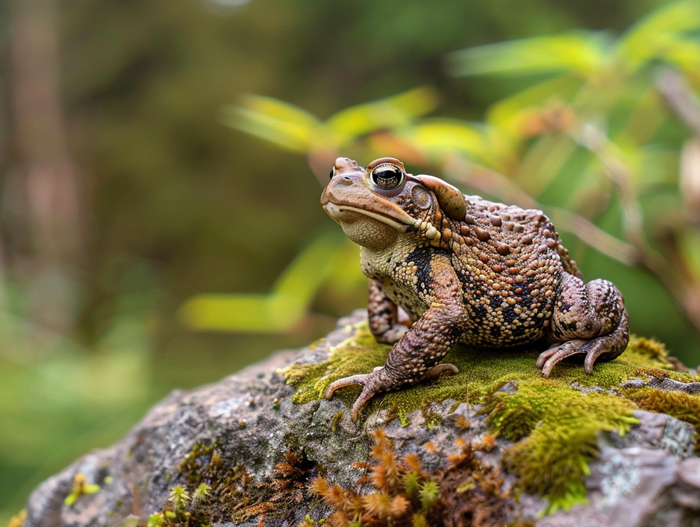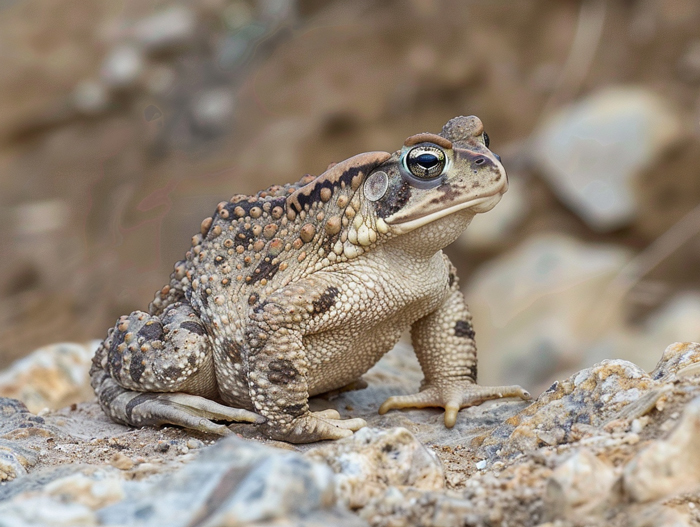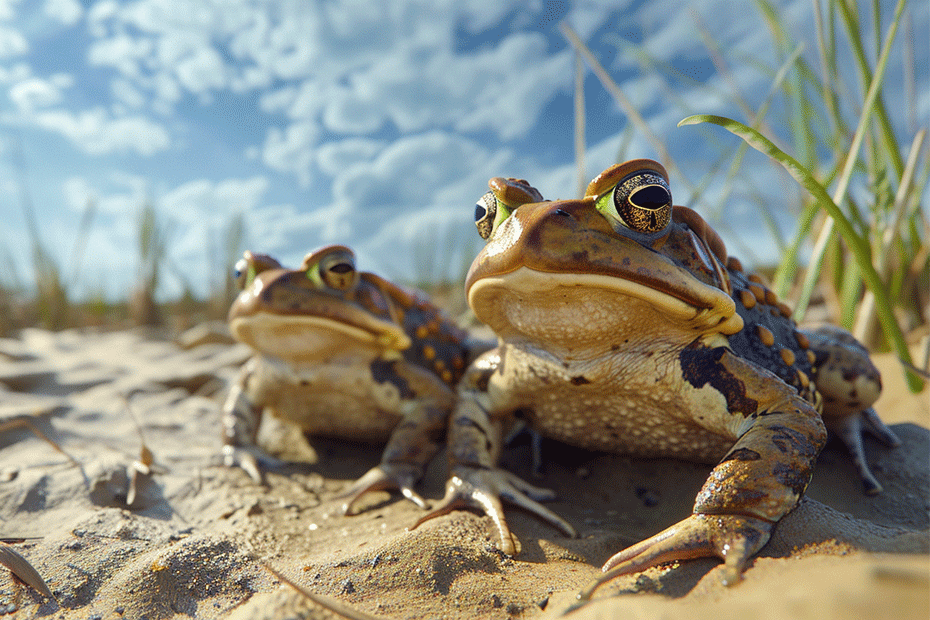Are you curious about what a group of toads is called? You’ve come to the right place to uncover this intriguing piece of animal trivia. Understanding the collective nouns for different animals can be both fascinating and fun. Let’s jump into the world of toads and discover the unique term used to describe them when they gather together.
When it comes to toads, there’s a specific term that refers to a group of these amphibious creatures. Knowing this collective noun adds an interesting layer to your knowledge of wildlife terminologies. Stay tuned as we unveil the answer to the question, “What is a group of toads called?” Get ready to impress your friends with this newfound knowledge about these croaking creatures.
Key Takeaways
- Toads are characterized by dry, warty skin and short hind legs for hopping.
- A group of toads can be referred to as a knot, knob, or lump in English.
- Toads may gather in groups during mating season but are generally solitary creatures.
- Toads communicate through vocalizations, body movements, and chemical signals.
- Male toads compete for female attention during the breeding season.
- Toad groups exhibit synchronized movements for predator evasion and may have dominant males guarding females.
Understanding Toad Groups

What are Toads?
Toads are amphibians characterized by dry, warty skin and short hind legs for hopping. They belong to the family Bufonidae and are found worldwide, inhabiting various habitats such as forests, gardens, and near water bodies.
- Toads typically have parotoid glands behind their eyes that secrete toxins for defense.
- They lay strings of eggs rather than clusters, distinguishing them from frogs.
- Toads have a distinctive “hunched” posture compared to the more upright stance of frogs.
Stay tuned for more fascinating insights into the world of toads.
Group Behavior of Toads

Social Structure
- Toads are generally solitary creatures, but may gather in groups during mating season.
- They do not exhibit complex social structures like some other animals, as their interactions are primarily focused on reproduction.
- Males sometimes compete for female attention, leading to aggressive behavior within groups.
- Toads use a variety of communication methods, including vocalizations and body movements.
- Males often produce distinct calls to attract females during the breeding season.
- Some species of toads also release chemical signals to communicate with other individuals.
Stay informed for more intriguing insights into the world of toads.
Collective Terms for Toads

Group Names in English
- A group of toads is commonly referred to as a knot. This term reflects their tendency to cluster together, creating a distinctive image when observed in the wild.
- The term knob is also used to describe a gathering of toads, reflecting the rounded shape and often bumpy texture of these amphibians.
- Lump is another whimsical term that can be used to designate a group of toads. This word captures the idea of a compact, clustered assembly of these creatures.
- In German, a group of toads is known as a krötenwanderung, emphasizing their movements and migrations during certain periods.
- French speakers refer to a collection of toads as an auberge, conjuring images of these creatures coming together in a communal setting.
- Spanish uses the term bancal to describe a gathering of toads, showcasing their tendency to create groupings in specific locations.
- Italian recognizes a group of toads as a ronto, echoing the distinctive sounds and calls they may produce while in close proximity.
- Japanese refers to a group of toads as a gamagaeru no nakama, which highlights the association of these amphibians with companionship.
- Portuguese uses the term nó to describe a group of toads, emphasizing the tight bond and interconnectedness observed in their gatherings.
Interesting Facts about Toad Groups

Reproduction Patterns
- Toads lay eggs in long strings, which float on the surface of water.
- Male toads fertilize the eggs externally after the female releases them.
- The eggs hatch into tadpoles that undergo metamorphosis into adult toads.
- Toad groups are formed during breeding migrations to bodies of water.
- Chemical cues and vocalizations help toads attract mates and maintain cohesion.
- Dominant males may guard groups of females.
- Toads in groups exhibit synchronized movements for predator evasion.
Conclusion
Understanding the collective terms for groups of toads sheds light on their fascinating behaviors and social dynamics. Toads gather during breeding migrations, utilizing chemical signals and vocalizations to communicate and find mates. The formation of these groups provides protection and increases their chances of successful reproduction. Dominant males play a crucial role in guarding female toads, ensuring their safety and reproductive success. By moving in synchronized patterns, toads in groups enhance their defense mechanisms against potential predators. Exploring the world of toads reveals a complex social structure that is both intriguing and essential for their survival.

Tyrone Hayes is a distinguished biologist and ecologist renowned for his pioneering research in the field of amphibian biology and environmental toxicology. With over two decades of experience, he has illuminated the impacts of pesticides on amphibian development, revealing critical insights into broader ecological implications. Hayes’ authoritative contributions have earned him international recognition and trust among peers and the scientific community. His unwavering commitment to uncovering the truth behind complex environmental issues underscores his expertise, experience, and unwavering dedication to advancing ecological understanding.
